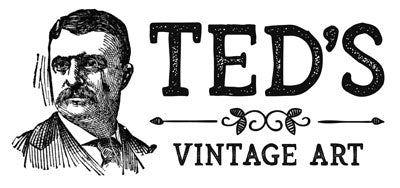Congo Maps
The Republic of Congo, also known as Congo, is a country located within Western Africa, and is also west of the Congo river. It is bordered by Gabon, Cameroon, and the Central African Republic. The country spans a total land area of 342,000 square kilometers (132,000 square miles), and holds a population of 5,657,000 inhabitants. The country is a member of multiple government organizations, such as the African Union, United Nations, as well as the Economic Community of Central African States.
There are several landscapes found within the Republic of Congo, such as savanna plains and rugged mountains and forests, as well as the 170 km (105 miles) of beaches on the coast of the Atlantic. The country lies within four different ecoregions, and they are as follows: Atlantic Equatorial coastal forests, Northwestern Congolian lowland forests, Western Congolian swamp forests, and Western Congolian forest-savanna mosaic. The average rainfall varies from around 1,100 millimeters (43 inches) in the southern parts to well over 2,000 millimeters (79 inches) in the central parts of the country. The climate is very consistent year round, which can be attributed to the fact that the country is located right on the equator.
Since the country is covered in tropical rainforest, there exists a large amount of biodiversity within The Republic of Congo. There are a variety of trees, such as African oak, red cedar, walnut, softwood okoumé, as well as hardwood limba. Several animals live in the forests, which include monkeys, chimpanzees, gorillas, elephants, okapis, wild boars, as well as buffaloes. The birdlife of the Republic of Congo includes eagles, which are predatory, hawks, owls, scavenging vultures, and wading herons. Rhinoceroses and giraffes are common animals that can be found on the plateau, yet lions are scarce.
The economy of the Republic of Congo is made up of an industrial sector dominated by the oil industry, village agriculture and handicrafts, as well as support services. Over half of the exports from Congo consist of crude petroleum, while the remainder consists of refined copper, rough woof, passenger and cargo ships, gold, and sawn wood. The country is very wealthy when it comes to the minerals found within. In 2008, oil accounted for 65% of the country’s GDP, 85% of government revenue, as well as 92% of exports. Besides the petroleum industry, other large industries include mining, forestry, and commercial work.
The population of Congo is heavily concentrated within the southwestern regions of the country, which leaves the tropical jungle areas in the northern parts uninhabited. 70% of the population lives in or around the same urban areas, which include Brazzville and Pointe-Noire. Like many other developing countries, Congo has a relatively young population that is very fast growing. In fact, the country’s birth rate is amongst the world’s highest, with around ⅖ of the population being age 15 or under. Prior to 1950, the country was home to one of the lowest life expectancies on the continent, however by the early 2000s, it surpassed the average life expectancy.

Real Stories From Past Customers
From The Vintage Map Blog
Inside the Omaha Beach Invasion Map: A Cartographic Look at D-Day
Discover the untold story hidden within one of the most important maps of World War II. This rare Omaha Beach...
Explore Cape Cod's History Through 12 Stunning Vintage Maps
Step back in time with 12 beautiful vintage Cape Cod maps. Discover detailed historic prints perfect for beach houses, galleries,...
Vintage Map Gallery Walls: A Perfect Decor Idea for Farmhouse & Country Homes
A vintage map gallery wall is the perfect way to blend history, personal memories, and timeless decor. Ideal for farmhouse...

















